MODULAR HOMES vs KIT HOMES
Kit Homes
A kit home (or Kit houses) can be simply defined as a home where most of the major components such as the framing are ready-cut and prefabricated in a factory and then delivered to your site in portable sections where it is assembled to create a complete dwelling. It is like putting up a large “Kit” or “Puzzle” together by following a guidebook, thus the name.
It is primarily a form of self-built homes which comes as ‘Flat-pack form’ for assembly. While many choose to Owner-Build. Others can also engage a licensed builder. A kit home is designed and partially manufactured off-site and then all the materials are delivered by truck to the construction site for assembly. Some kits have parts that will need to be cut and trimmed on site. Suppliers like iBuild will offer a range of components to choose from like raised subfloor or slab, steel or timber frames to select from and assemble as per design and budget.
Kit home does not compromise on safety and standards and can be designed to withstand all wind ratings and BAL’s (Bushfire Attack Level). Concrete Slab can be chosen for the foundation, or choose raised floor system which is easier, faster and cheaper to construct even on steep slopes and enables easy access to inspect plumbing and other services.
Modular Homes
A Modular Home is a building whose structure is made up of separate similar components called modules. The modular home construction method primarily involves in constructing these built-in volumetric sections to a fairly finish level in a factory setting and then delivering them to the intended site. Installation of the modules is completed on-site by making connections between the modules to the foundation, services and other modules.
Modular homes offer quality control in construction and enable most building work to be done off-site. This allows the construction of a large-scale housings community within a short span of time. The Homes are designed to withstand even extreme conditions matching performance criteria to a conventionally built home.
The main advantage of Modular homes is that it enables rapid construction i.e., can be assembled on-site within a few hours to a couple of days based on scope of project and depending on weather and site conditions. The iBuild Modular homes are designed in such a way that they can be ‘folded away’ or ‘slid in’ to be transported and re-opened as many relocations as required. Slab, Stump or Pile footing system is to be adopted; hence it is possible to assemble even in most challenging building sites.
The Difference
-
- Kit homes have risen in popularity in recent years due to their stylish designs, energy efficiency, and major affordability. While Modular homes offer reduced design flexibility but rapid construction of homes.
-
- Although Modular homes are slightly more expensive than kit homes, they will require less construction and hassle on-site. Whereas in kit homes, most of the construction will be done on-site with their respective risks involved.
-
- Kit homes allow homeowners to have more control in the design and construction of their properties. The owner can choose their preferred home layout, cladding, roof, and windows as they see fit. They have the flexibility of building their own homes in their own schedule or calling in some builder/tradesman under their supervision. Many owners find this option very rewarding and mind settling knowing they are involved in every step of the journey.
-
- In the modular home’s option, the builder/contractor will take most of the work on behalf of the owner from background work, paperwork and managing the construction. While the owner is involved in some decisions, they won’t need to hassle and research the things the modular provider will provide for them.
In the end, the choice really comes down to what you’re looking for in your new home or extension. Are you tight on timeline and budget and do you want to be fully involved in the building project? Do you want to fully customize your design or happy with pre-existing modular designs? Do your research beforehand and know which option you are comfortable proceeding with.
If you feel you are still stuck on striking the difference, feel free to contact us and we can help guide you to make a more informed decision.
